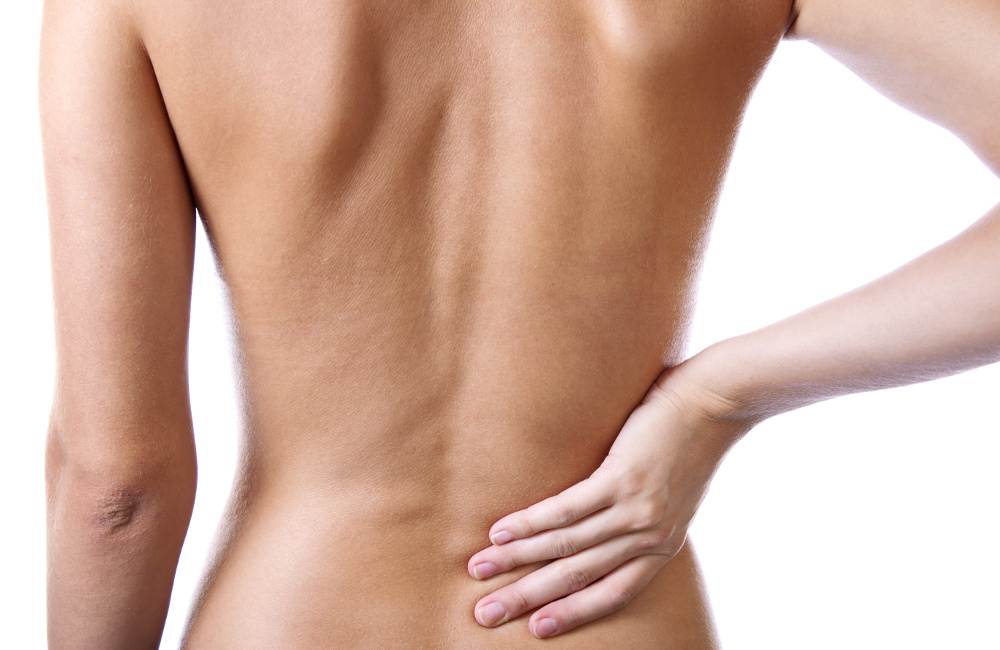For a long time it has been thought that women were more at risk for low back pain when wearing high heels because it would cause an increase in the curve of their low back because of their foot position. A literature review released by Russell et al.in 2009 in the Journal of Chiropractic actually showed that his has been proven over and over again as incorrect. Women were observed in high heels measuring 3 and 4 inches, and while their low back curve was increased, it was not significantly increased in one of the discussed studies. This literature reviews contradicts what has been purveyed as common knowledge in recent years. So, why do high heels tend to lead to low back pain…or do they at all?
Another recent study by A. Mika et al. published in the Journal of Manual Therapy shed light on this question. It looked at the amount of tension and firing patterns in the muscles of the low back, pelvis, and thighs in women who were wearing heels that measured 1.5 inches and 4 inches. This study found that going from flat foot wear to 1.5 inch heels did very little to affect the firing pattern of the muscles of the low back, hips, and thighs when bending forward. However, when 4 inch shoes were worn, it greatly affected the firing patterns for these muscles and created abnormal patterns. When bending forward, the muscle of the low back activated faster, and the muscles of the buttocks activated later than normal.
The study concluded that the change to the normal firing patterns of these muscles leaves the person more susceptible to low back and hip injuries. This study helps to clarify why high heels can lead to back pain in women. When we perform simple movements like walking and bending forward, our body performs a complex cascade of simultaneous muscle activities to support our joints as we move. High heels disturb the normal firing patterns of muscles that protect the joints of the low back and hips. These abnormal patterns lead to uneven loading of the spine and result in irritation or injury to the joints of the low back and hips.
References:
Mika A, Clark BC, Oleksy L. “The influence of high and low heeled shoes on EMG timing characteristics of the lumbar and hip extensor complex during trunk forward flexion and return task” Journal of Manual Therapy. 2013, Apr 27.
Russell, Brent S. “The effect of high-heeled shoes on lumbar lordosis: a narrative review and discussion of the disconnect between Internet content and peer-reviewed literature” Journal of Chiropractic Medicine. 2010, December 9(4): 166–173.
Dr. Joshua McDowell
Fayetteville Accident & Injury Center


